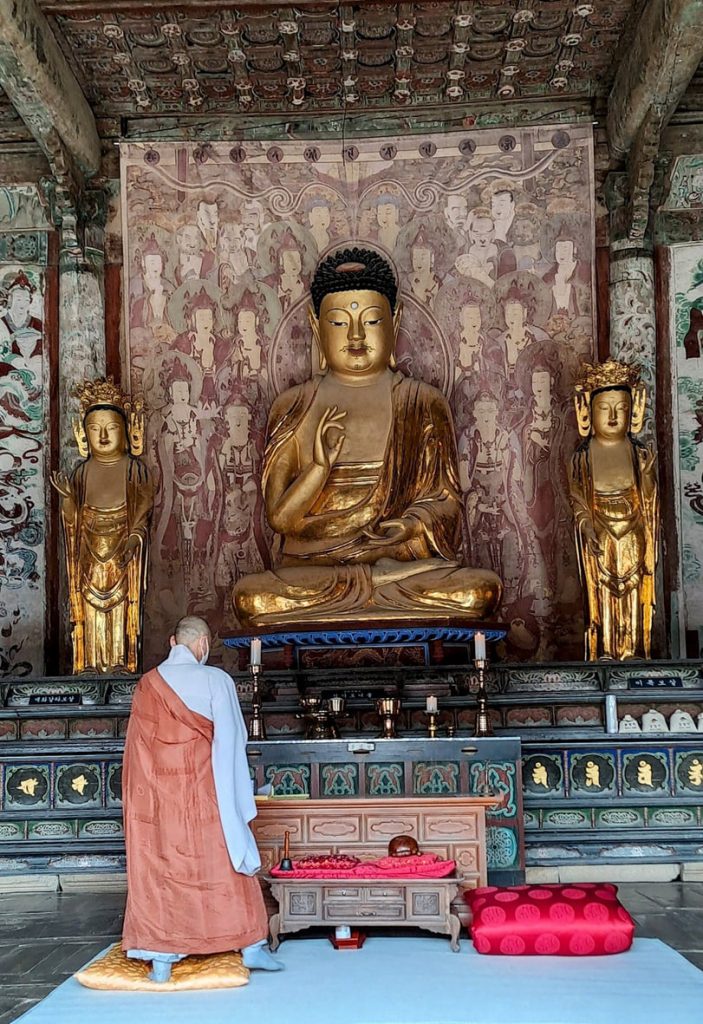by Andy Khong
Gyeongju is a captivating city located in the south-eastern part of South Korea. It is often referred to as the “Museum Without Walls” due to its rich history, cultural heritage, and natural beauty. Gyeongju was once the capital of the ancient Silla Kingdom, which ruled over Korea for almost a millennium from 57 BCE to 935 CE. Today, the city is renowned for its numerous ancient relics, temples, palaces, and tombs that offer a glimpse into Korea’s ancient past.
One of the highlights of Gyeongju is its UNESCO World Heritage Sites. The city’s exceptional preservation of archaeological sites has led to the inclusion of the Gyeongju Historic Areas in the prestigious list. Among these sites, the Gyeongju National Museum, Bulguksa Temple, Seokguram Grotto, and Tumuli Park stand out as remarkable cultural and architectural treasures.
Bulguksa Temple, a renowned Buddhist temple, is a masterpiece of ancient architecture. Its intricate craftsmanship, serene ambiance, and stunning surroundings make it a must-visit attraction. Anapji Pond, once part of a royal palace complex, is another gem in Gyeongju. Its beautifully landscaped gardens, lotus flowers, and surrounding pavilions create a picturesque setting.

Bulguksa Temple.

Shrine Hall of Bulguksa Temple.

Anapji Pond.
The Gyeongju National Museum houses an extensive collection of artifacts from the Silla period. Visitors can explore royal crowns, golden accessories, and intricate Buddhist artwork, deepening their understanding of the region’s history and cultural heritage.
Gyeongju National Museum.
Gyeongju is not only known for its historical sites but also its natural beauty. The city is nestled amidst rolling hills, picturesque mountains, and scenic parks. Namsan Mountain offers breathtaking hiking trails, lush forests, and stunning panoramic views over the city.
Immersing oneself in traditional Korean culture is another aspect of Gyeongju’s charm. Visitors can don traditional Korean clothing (hanbok) and wander through the Yangdong Folk Village, a well-preserved traditional village. The city also hosts vibrant festivals throughout the year, such as the Gyeongju Cherry Blossom Festival and the Gyeongju Hwangnyongsa Culture Festival, where traditional performances and festivities take place.
Yangdong Folk Village.
Gyeongju is approximately 330 kilometers (205 miles) away from Seoul, the capital of South Korea. The city can be easily reached by train, bus, or car, making it a convenient destination for both domestic and international travelers.
With its rich history, UNESCO World Heritage Sites, stunning natural landscapes, and warm hospitality, Gyeongju promises an unforgettable journey through time. Whether you are a history enthusiast, a nature lover, or someone seeking a unique cultural experience, Gyeongju has something to offer everyone. So come here to embark on an enchanting adventure and immerse yourself in a city that’s a living museum.
South Korea and North Korea: a matter of perspective: https://www.youngpioneertours.com/south-korea-and-north-korea/





